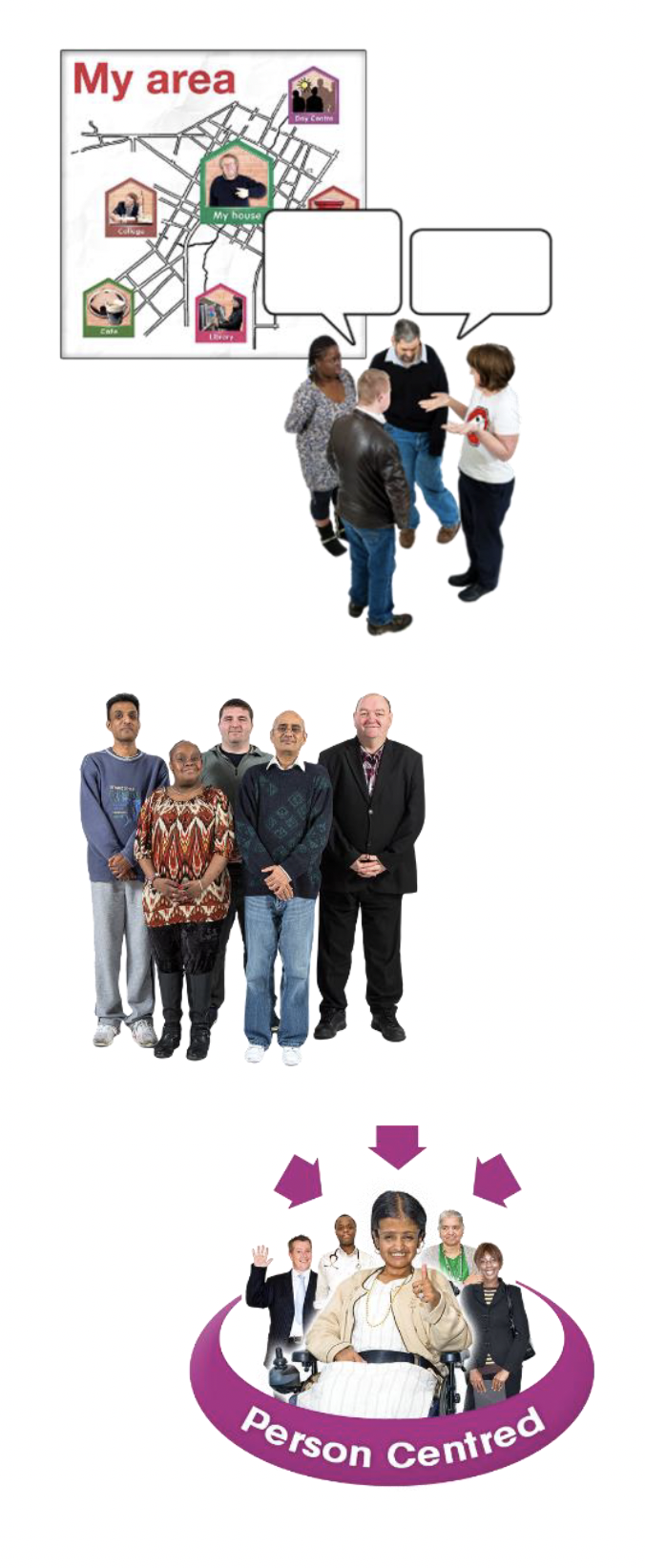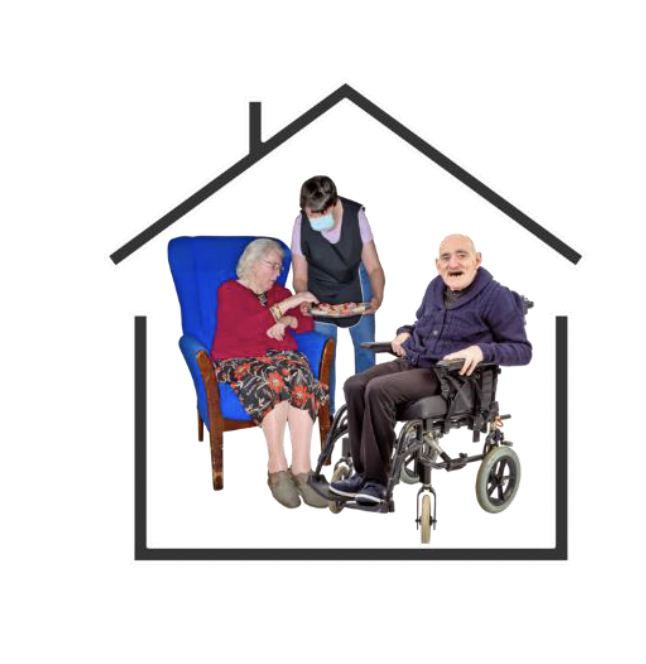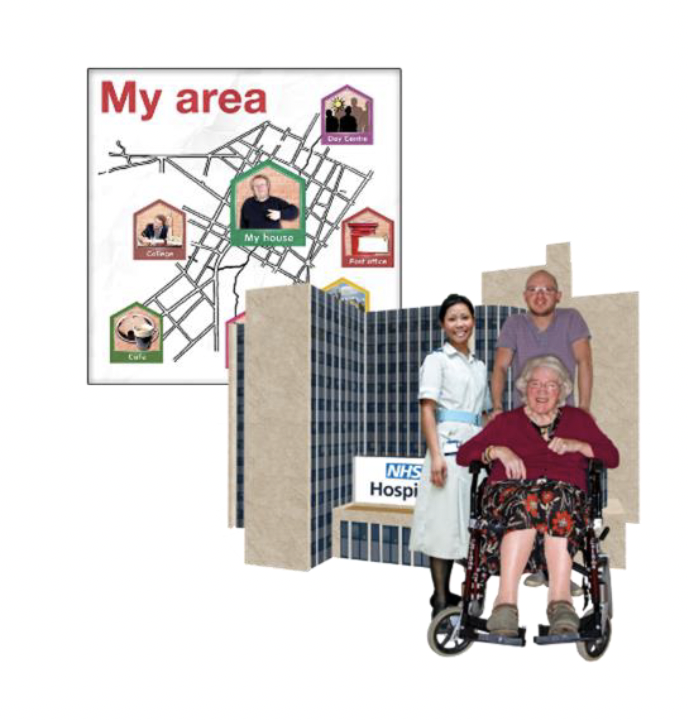National Care Service evidence paper: the SCFNuka care system in Alaska and the Canterbury care system in New Zealand - easy read
This easy read summary provides an overview of the key findings and learning from two case studies of integrated care models from different countries: the SCFNuka model from Alaska and the Canterbury model from New Zealand.
This document is part of a collection
National Care Service Evidence paper : The SCFNuka care system in Alaska and the Canterbury care system in New Zealand : Easy Read
The South Central Foundation Nuka (SCFNuka) care system in Alaska

The SCFNuka model was based on:
- listening to what local people wanted from their healthcare
- staff changing the ways they worked to meet those needs

Healthcare services were changed to focus on:
- medical services
- ways of helping people with things like mental illnesses
- looking after facts, figures and information
- supporting people in the community
- having a clear and accessible way of working so that everyone can be involved

2 of the most important things that happened were:
- less people were admitted to hospital and less people went to the emergency department
- most people and staff were happy with services

The SCFNuka model worked well because:
- there are lots of community healthcare services
- patients are listened to and asked what they think about services
- there are ways of working that respect the experiences and cultures of different ethnic groups and communities
- staff share responsibility
- care is person-centred
The Canterbury care system in New Zealand
In 2005 Canterbury in New Zealand began changing ways of working across health and social care.

The Canterbury care system is still changing:
- how it is set up
- what services it has
- and how it is working

Staff were encouraged to:
- be part of changing the care system
- take part in training
- find ways to make sure that services continued to get better
New ways of working kept people in their own home or community care where possible.

These included:
- health pathways agreed between GPs and hospital doctors
- teams working together to look after patients with complicated health needs
- care records that are shared
- services that support people to recover
- organisations working together


The Canterbury model has shown that integrated care has:
- delivered better care in the community
- meant that less older adults went to hospital

The way of working in Canterbury has worked well because of:
- a clear vision of one system and one budget
- funding staff through training, developing new skills and new ways of working
- finding new ways to choose services and work together
Contact
Email: SWstat@gov.scot
There is a problem
Thanks for your feedback